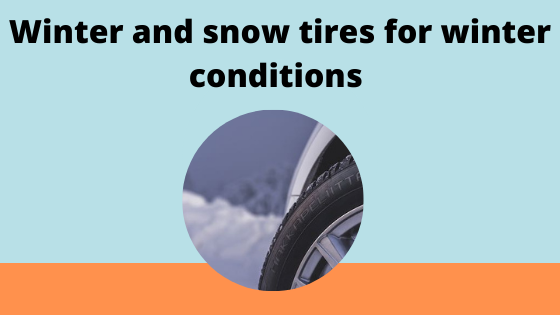Driving during wintertime when you have snow or ice requires some experience of how to manage the car during these conditions. You should always practice winter driving, so you know how the car behaves on ice and snow. How to brake and how much longer the braking distance is. Maneuvering also takes some practice. In addition to practice and experience, you will need a good set of winter or snow tires. Winter tires will provide you with the necessary grip that you will need on winter surfaces, which you will need to be able to safely drive during the winter.
Snowy roads often become icy at intersections, where cars brake and accelerate. This makes the intersections very dangerous and very prone to accidents. They don’t often cause serious accidents but a lot of fender benders, which can be irritating, as you will still have to repair the car. Leaving the car at the car service station for car service or repairs can make your day more challenging if they don’t have a car that you can loan you for the day. So it is not only for safety reasons you want to avoid minor accidents, they can also cause you a lot of stress and hassle.
When it comes to making sure that you have good winter tires on your car, you will need to make sure that they have sufficient tread depth remaining, they should have more than 5/32 inches depth reaming before you have to buy a new set. Make sure that the winter tires have the 3-peak mountain snowflake symbol, which indicates that the tires have passed the tests for winter tires and are thus approved. Within this category you have either studded or non-studded tires.
Both the non-studded and the studded tires are great in winter conditions, but they do however still require that you drive cautiously. Studded tires have a better grip on ice than non-studded tires. So if you live in coastal areas or close to large lakes, you might experience a high degree of icy winter conditions and you will be better off with the extra grip achieved by the metal studs on ice. On snowy surfaces they both provide good grip and traction, as this is determined on the tread pattern of the tires. So which ever tire you choose, remember that the more cautiously you drive and the more respect you have for the winter challenges, the safer you will be.
The trick is often when to change from your all-season tires to winter tires. You want to make sure that you have the winter tires mounted on your vehicle before the first snow arrives, so that you can drive safely. Waiting too long can easily leave you in that situation. Changing a bit too early is a safer option and can save you a lot of hassle. Since winter tires outperform winter tires when the temperature goes below 45°F, you might as well use that as your guiding star.
For more information regarding winter tire for winter conditions, visit: https://www.nokiantires.com/
